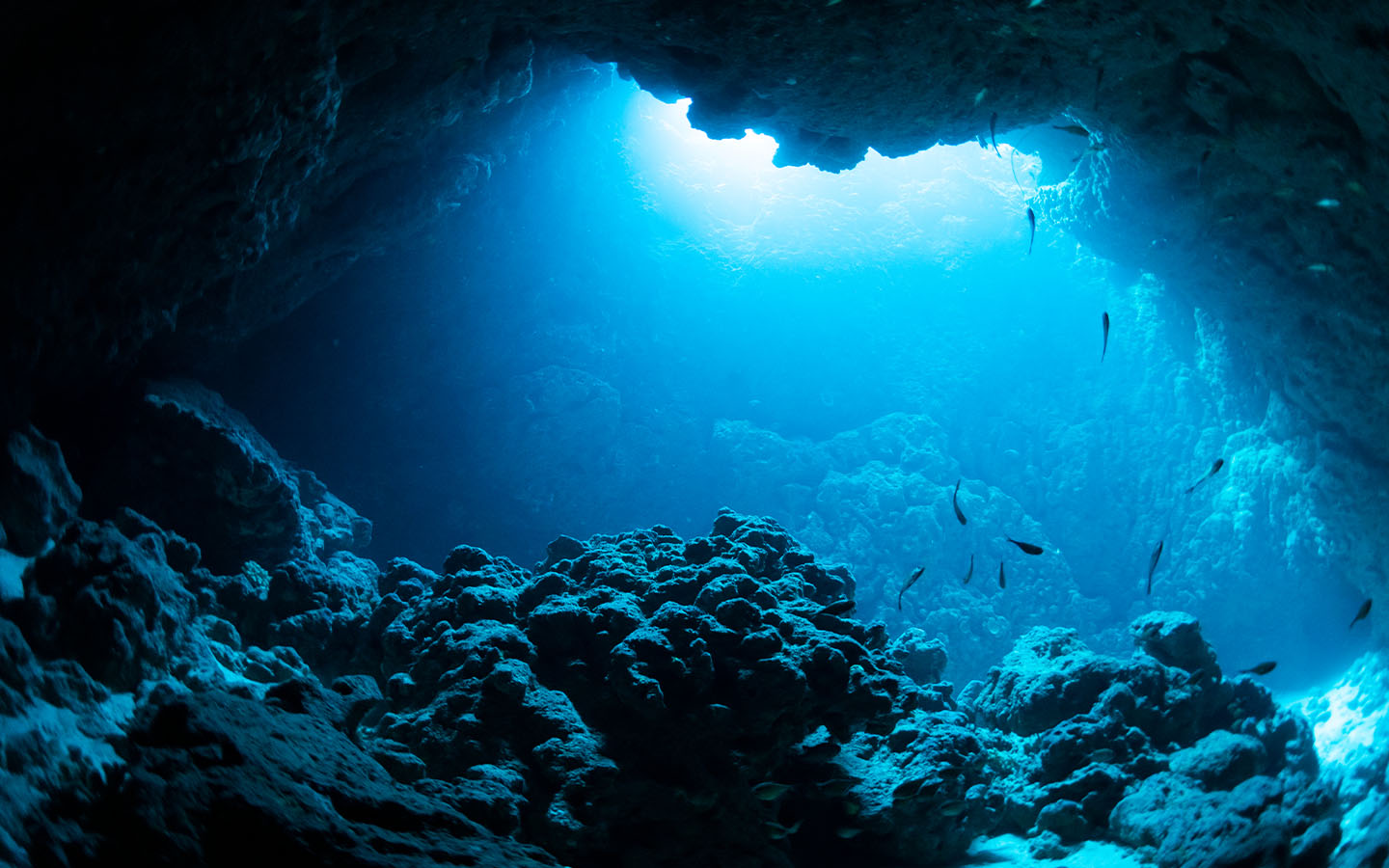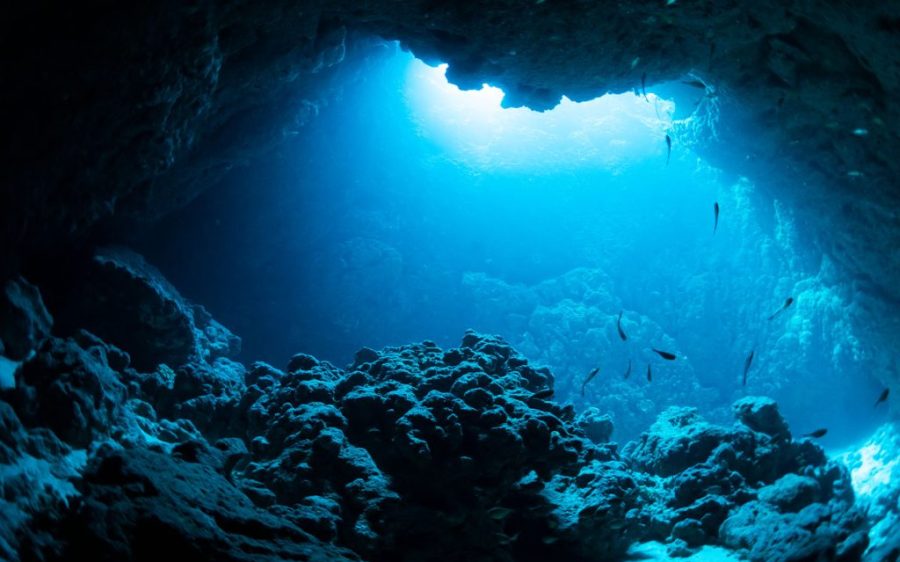More than a fifth of the world’s oceans have significantly darkened over the last 20 years, causing significant reductions in the sunlit depths that support most marine life.
As optical properties in ocean water change, less light reaches areas known as photic zones, home to nearly 90 percent of all ocean life. This phenomenon, known as ocean darkening, is on the rise. A new study published in Global Change Biology and cited by SciTechDaily reveals that over the last two decades, a staggering 21 percent of the global ocean has been darkening.
The study found that ocean darkening, typically associated with coastal regions, is also affecting large swaths of open ocean. This suggests that the darkening is not simply the result of the greater presence of organic material and sediment, but may also be driven by soaring sea surface temperatures and climate-driven changes in ocean circulation patterns.
The changing colour of the ocean, a reflection of how microscopic particles interact with sunlight and water, had been established by previous research. “But our results provide evidence that such changes cause widespread darkening that reduces the amount of ocean available [to most marine life],” explained Dr Thomas Davies, study co-author and associate professor of marine conservation at the University of Plymouth.
When considered in conjunction with the ocean’s importance to humans and the planet, “our findings represent genuine cause for concern,” he said.
[See more: Oceans warming because of climate change are seeing a rise in toxic contaminants]
Davies and Professor Tim Smyth, head of science for marine biogeochemistry and observations at the Plymouth Marine Laboratory, drew on advanced computer modelling and nearly two decades of satellite data to uncover the true scope of ocean darkening. Their analysis found that more than 75 million square kilometres, over 21 percent of global oceans, darkened between 2003 and 2022.
Around 9 percent of the ocean, an area larger than the African continent, saw its photic zone shrink by 50 metres or more. Some regions, representing 2.6 percent of global oceans, lost more than 100 metres of sunlit depths. Conversely, around 10 percent of the ocean became lighter during the same period.
The hardest hit areas are near the top of the Gulf Stream and around the poles, regions experiencing the most significant shifts as a result of climate change. Coastal regions and enclosed seas like the Baltic Sea are also seeing widespread darkening due to the confluence of contributing factors. Nutrients, organic materials and sediments enter the oceans through coastal waterways, much of it from agricultural runoff, stimulating plankton growth and reducing light penetration.
“Without sufficient light with which to grow, move, hunt, communicate, reproduce and photosynthesise, marine organisms will be forced to migrate vertically into an increasingly smaller belt of sufficiently lit surface waters, exposing them to higher levels of competition for resources and elevated risk of predation,” the study authors explain. “The implications for marine food webs, global fisheries, carbon and nutrient budgets could be severe.”
Such disruption endangers humanity as well. Half the oxygen we need is generated by oceans, which also absorb 30 percent of all CO2 emissions and 90 percent of excess heat, making their healthy functioning critical to our survival.






